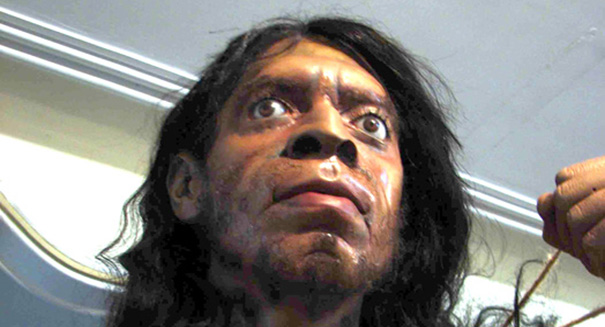
Our species evolutionary timeline may need to be tweaked a little.
In 1993, in a cave in Italy, explorers stumbled upon a rare phenomenon they had never witnessed before. They found a skeleton, what looked like a human one, almost completely melded into the calcite rock around it. The skeleton’s skull and part of its shoulder were the only parts still discernible from the calcite. Removing the skeleton is impossible because of its state, but a sample was taken from the specimen.
The sample was meant to test for the skeleton’s age, but researchers were surprised to find that the sample yielded what could be the oldest examples of Neanderthal DNA ever discovered. The skeleton also seemed to have features that slightly differed from what is usually found on Neanderthal remains. For example, the brow bone on the skeleton in the cave was larger and protruded more than on most Neanderthal skeletons. Now being dubbed the Altamura Man, no one is sure how he ended up in the cave. Some speculate he fell into a well and then starved to death where he landed.
Before recently, the only data collected from these ancient remains derived purely from what researchers could physically see. Finally, though, scientists were able to collect a physical sample and extract it from the site. The material dated back 170,000 years, making it the oldest Neanderthal DNA ever discovered.
Raw Story reports that the authors of the study wrote in the abstract, “Despite the fact the this specimen represents one of the most extraordinary hominin species ever found in Europe, for the last two decades our knowledge of it has been based purely on the documented on-site observations…Recently, the retrieval from the cave of a fragment of bone (part of the right scalupla) allowed the first dating of the individual, the quantitative analysis of a diagnostic morphological feature, and a preliminary paleogenetic characterization of this hominin skeleton of Altamura.”
This new discovery gives insight to scientists regarding the history of the Neanderthal species, and thus, our own.